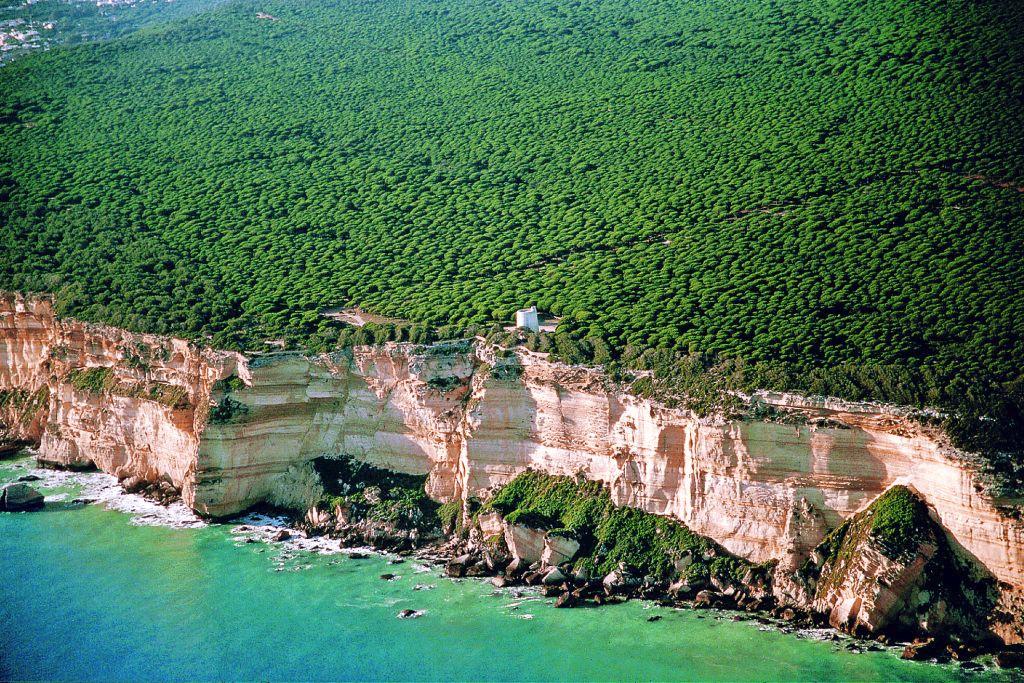- Region: Andalucia
- Province: Cádiz
- Declared a Natural Park: 1989
- Park surface area: 10,522 hectares
- Towns and Villages: San Fernando, Chiclana de la Frontera, Puerto Real, Puerto de Santa María and Cádiz
Points of interest
The 5km bay area (Bahía de Cádiz) is a wintering ground and summer breeding area to 200 different aquatic bird species. This Atlantic tidal area consists of sandy beaches, river estuary, marshlands, salt pans, dunes and rocky inlets. Extensive pine groves once covered a large part of this area.



